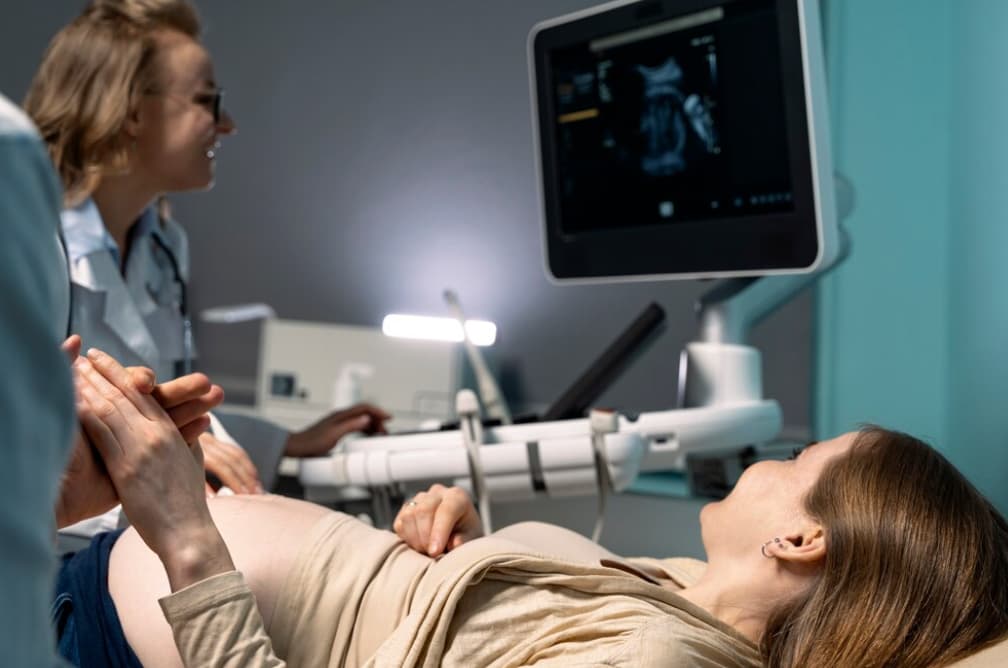In 2012, the state of Texas was home to 4,820 physician assistants (PAs), each earning an average annual salary of $99,040. This workforce is anticipated to see significant growth over the next decade, driven by the aging population of baby boomers and the expanding need for medical services in both rural and urban areas. Beyond their critical role in saving lives, PAs contribute to community health through patient education on healthy habits, conducting preventative and diagnostic tests, performing physical exams, and assisting in surgeries.
For those aspiring to make a meaningful impact in their communities by pursuing a career as a physician assistant in Texas, the following steps outline the journey to licensure and beyond:
Step 1: Admission Requirements for Texas Physician Assistant Programs for Licensure
Embarking on the path to becoming a licensed physician assistant in Texas begins with selecting an accredited program. It’s essential for applicants to ensure the program has been accredited by the Accreditation Review Commission on Education for the Physician Assistant (ARC-PA), as recognized by the Council for Higher Education Accreditation (CHEA). Candidates typically come from diverse educational backgrounds, often with a bachelor’s degree in fields such as nursing, health sciences, microbiology, or chemistry, and have prior healthcare experience. Acceptable GPA and GRE scores are also among the prerequisites for admission into a Texas PA program.
Step 2: Take the PANCE (Physician Assistant National Certifying Exam)
Administered by the National Commission on Certification of Physician Assistants (NCCPA), the Physician Assistant National Certifying Exam (PANCE) stands as a pivotal milestone for those seeking licensure as a physician assistant. This computer-based exam, stretching over a period of five hours, is meticulously designed to evaluate a candidate’s proficiency in understanding various organ systems and the diseases associated with them, through a comprehensive set of 300 multiple-choice questions. Registration for the PANCE is open to candidates at a fee of $475, beginning 90 days prior to the conclusion of their PA program. Achieving success in this examination culminates in the attainment of the Physician Assistant-Certified (PA-C) credential, marking a significant achievement in the journey towards becoming a fully licensed physician assistant.
To navigate this critical step effectively, candidates should follow a structured approach:
- Understand the Exam Scope: Familiarize yourself with the content areas covered by the PANCE, focusing on the major organ systems and associated pathologies;
- Register Timely: Ensure to register for the PANCE within the permitted timeframe, starting 90 days before your PA program concludes;
- Prepare Strategically: Engage in a thorough study plan that includes reviewing clinical knowledge, taking practice exams, and utilizing resources offered by the NCCPA;
- Manage Time and Stress: Develop time management skills for the exam duration and strategies to handle exam stress effectively;
- Achieve Certification: Successfully passing the PANCE leads to earning the PA-C credential, a testament to your readiness to enter the field as a qualified physician assistant.
Successfully navigating the PANCE is more than just passing an exam; it’s about proving your readiness to provide high-quality healthcare, making a profound impact on patient lives as a certified physician assistant.
Step 3: Apply to the Texas Physician Assistant Board
For legal practice in Texas, aspiring PAs must apply to the State Medical Board’s Physician Assistant Board. The application process, which can be initiated online with a fee of $205, requires various supporting documents such as proof of identity, PA diploma, and a Dean’s Certificate from the PA program confirming graduation. Applicants with military service must provide a DD 214 form. Additionally, a $61 fee is required for the Texas PA Jurisprudence Examination, essential for assessing knowledge of state laws pertaining to medical practice. Approval grants a temporary license until the Board convenes to issue a permanent license.
Step 4: Maintain the PA License in Texas
Maintaining a PA license in Texas involves annual registration, with fees and an additional charge for paper processing if not completed online. The cost for initial registration is prorated, while subsequent renewals have a set fee. PAs are also required to complete at least 40 hours of continuing medical education (CME) annually, a commitment that can be supported through resources and networking opportunities provided by professional organizations such as the Texas Academy of Physician Assistants (TAPA).
As the demand for skilled PAs continues to grow in Texas, individuals committed to hard work and lifelong learning have the opportunity to build rewarding careers in healthcare, enhancing the well-being of their communities through expert care and dedication.
To Wrap Up
In conclusion, the journey to becoming a physician assistant in Texas is a structured and rigorous path that leads to a rewarding career in healthcare. This profession not only offers the chance to make a significant impact on individual lives but also addresses the broader needs of an aging population and the increasing demand for medical services across the state. With a solid educational foundation, successful completion of the PANCE, and adherence to licensure and continuing education requirements, physician assistants can look forward to a fulfilling career. The growth in the PA field is a testament to the vital role these professionals play in the healthcare system, promising a future where both urban and rural communities benefit from their expertise and compassion.
Below is a table summarizing the steps to becoming a physician assistant in Texas:
| Step | Requirement |
|---|---|
| 1 | Meet admission requirements for accredited PA programs |
| 2 | Pass the Physician Assistant National Certifying Exam (PANCE) |
| 3 | Apply for licensure with the Texas Physician Assistant Board |
| 4 | Maintain licensure through annual registration and CME |
This guide provides a clear roadmap for aspiring physician assistants in Texas, emphasizing the importance of education, certification, and continuous learning in achieving and sustaining a successful career in this dynamic and essential field.




